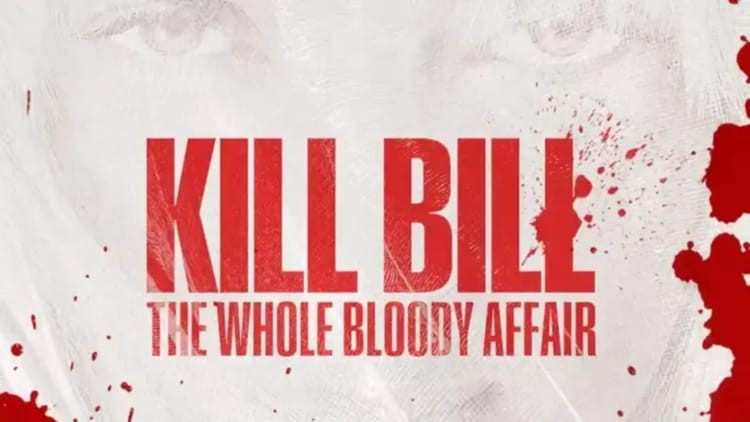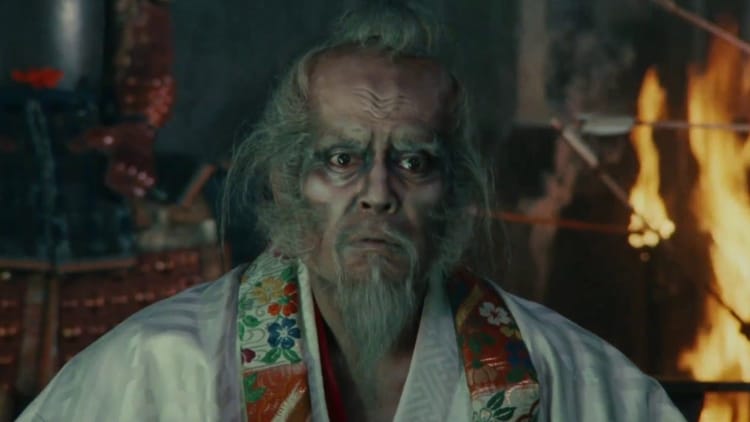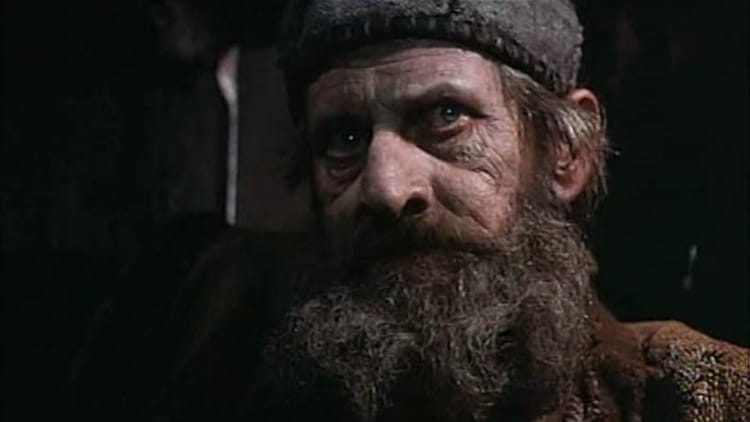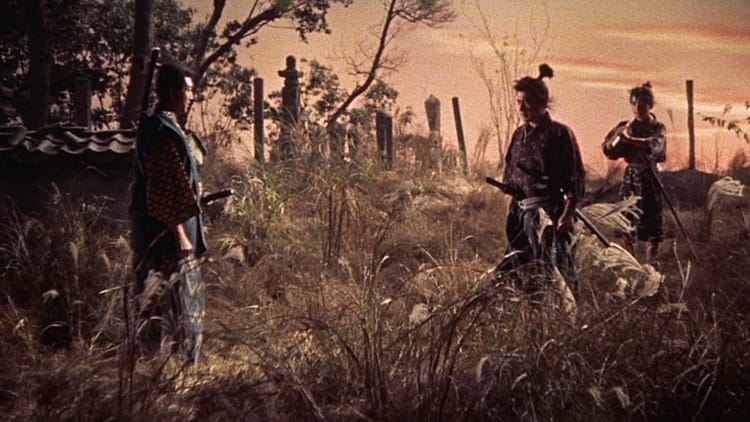How Seven Samurai Became the Blueprint for Modern Action Cinema
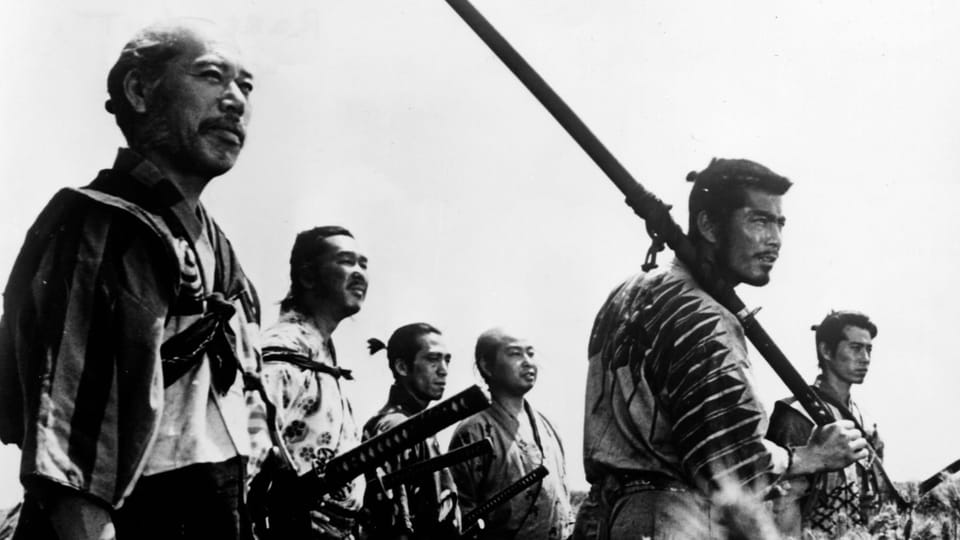
It’s 1954 Japan, a smoky writer’s room somewhere in Toho Studios, and you got Akira Kurosawa, Shinobu Hashimoto, and Hideo Oguni sitting around a table, chain-smoking, scribbling brilliance onto rice paper. They’re cooking up a little thing called Seven Samurai. Now, these cats weren’t just writing a movie, they were laying down the goddamn blueprint for every ragtag-saviors-against-the-odds story that would follow. And brother, there are a lot of them.
Now if you’re one of those poor souls who never saw Seven Samurai, let me give it to you straight: we’re talkin’ a dirt-poor village getting the crap kicked out of it by a gang of asshole bandits every damn harvest. The villagers are sick of it, and instead of begging for mercy, they pool their pitiful pennies and hire seven—count 'em, seven—ronin. Not knights in shining armor. Ronin. Outcasts. Warriors with no master and even murkier motives. They ain't doing it for glory, and sure as hell not for the money—they’re doing it for reasons that cut deeper.
They fortify the town, train the farmers, and when the bandits ride in, it’s on. Swords flash, blood spills, and when the dust clears, you know you just saw something that changed the game.
Cut to a few decades later, and everybody is playing in Kurosawa’s sandbox. You got Zack Snyder’s Rebel Moon, ¡Three Amigos!, and more! Same bones, different skin.
But the most famous remix? That’d be The Magnificent Seven, 1960. John Sturges takes Kurosawa’s samurai and drops 'em into the Wild West. And he casts a murderer’s row of cool: Yul Brynner, Steve McQueen, Charles Bronson, James Coburn, Robert Vaughn, Horst Buchholtz, Brad Dexter—all gunslingers, all badass. Eli Wallach plays the villain, and he’s chewing scenery like it owes him money.
So, what did Kurosawa think of all this American cowboy cosplay? Depends on who you ask. In an interview in '66, he basically shrugs and goes, “It’s fun, sure. But don’t call it Seven Samurai. It’s not. It’s something else.” He liked some American films, couldn’t remember their titles, but he vibed more with Fellini, De Sica, Elia Kazan. Oh, and The Red Balloon. That’s right. The Red Balloon.
Now look, Kurosawa’s films didn’t just inspire. They got jacked. Sergio Leone ripped off Yojimbo for A Fistful of Dollars. Didn’t even ask. That ripoff birthed an entire subgenre. Kurosawa kept seeing versions of his work pop up like echoes across space and time. And just recently, his Ikiru was turned into Living by Oliver Hermanus. A quiet, aching film. It works.
Kurosawa died in ‘98, but if you think the influence died with him, you’ve been watching the wrong damn movies. Seven Samurai isn’t just cinema, it is the DNA of modern action, ensemble storytelling, and the idea that a group of flawed people can do something righteous. And topping it?
Good fucking luck.


